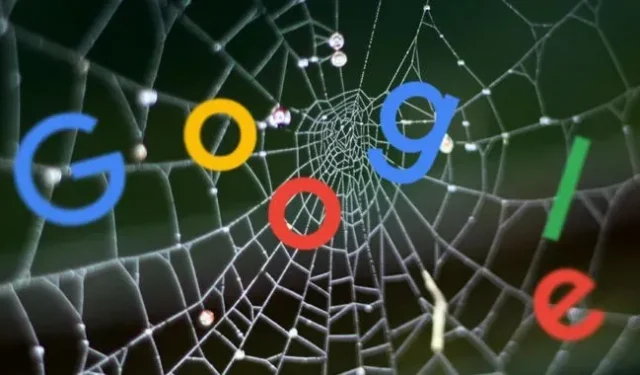Starting March 29, Google is changing its infamous Web & App Activity controls for paid Google Workspace users. This feature is now split into two settings, one still called Web & App Activity and the other called Search History. The big news is that Google is using this separation of settings to re-enable some tracking features, even if users previously opted out.
Google has started emailing Workspace admins about the changes (thanks, Hacker News), and the support page has some details on what’s going on. Both the email and the support page are incredibly confusing – even Google employees have a hard time understanding Google’s privacy controls – but we’ll try to shed some light on the situation.
Note that this line says that the admin control for the “Web and App Activity”setting disappears, not the entire setting. Google says that Web & App Activity will no longer be centrally controlled by your administrator. The point of these earlier privacy lawsuits was that the bizarre division of privacy settings between the two switches led to unnecessary confusion. Now, with search history, the privacy settings are divided into three toggles.
Google attempts to describe the difference between the two changed settings by saying, “Google Workspace Search History collects search data for Google Workspace products such as Gmail and Google Drive. Previously, App and Web History collected search queries for all Google services. Now it only collects search queries for additional Google services.”
The terms “Google Workspace Products”and “Additional Google Services”are key to understanding this description. Essentially, Google separates the data that was previously collected through Web & App Activity into two settings. “Search History”only covers apps in the “Google Workspace”product line. There is a complete list of these services here . but mostly Gmail, Calendar, Docs, Contacts, Drive, Google Chat, and Keep are business apps, not Google Maps, Google Search, YouTube, and other products that lack a strong business use case. So, for paid Workspace users, your search history will now cover Workspace content usage data, while your app and web search history will cover all other non-paid Google products.
Google explains the change by saying that since Workspace apps are paid, “Google will never use your data in the core Google Workspace services for advertising,”the company said in a statement. Thus, the new “Search History”setting could be called “save data that will not be used for advertising.”Meanwhile, the “Internet and App Activity”setting can be called “save data to be used for ads.”Google hopes that this distinction – if anyone can figure it out – will lead more privacy-conscious people to leave the “Search History”setting turned on.
Regarding the promise not to use data from “core Workspace services”, Google’s statement does not apply to Google Search (it’s not a core Workspace app), which is the primary vector for Google Ads and data for Google Ads. That’s right – the “Search History”setting from Google does not apply to Google search history.
I’m struggling to give Google the benefit of the doubt as the end result of all these changes is “more user tracking”. Organization-wide control of web and app activity is leaving the admin panel, and the toggle for this control will now be specific to each individual user. Google will probably counter that the toggle for web and app activity doesn’t belong in the admin panel, since it no longer affects “Workspace”products. But we’re still talking about the Workspace account, and giving the setting to less tech-savvy users will result in fewer of them finding and understanding it.
The new search history setting is also missing from the admin panel. Google leaves this up to users and is taking the incredible step of enabling data retention even for those users who previously opted out of tracking that goes into this. Each individual user who has already said they don’t want this will have to look for the setting again. Administrators who don’t want this will have to go after every single user to disable it.
There is already widespread confusion in the Hacker News thread and elsewhere about these changes, and Google’s message in the email and support page is nowhere near as clear as it should be. According to a Google employee cited in the Arizona location history lawsuit, Google’s settings and communications look like they’re “designed to make something possible, but complex enough that people can’t do it.”figure out”.


